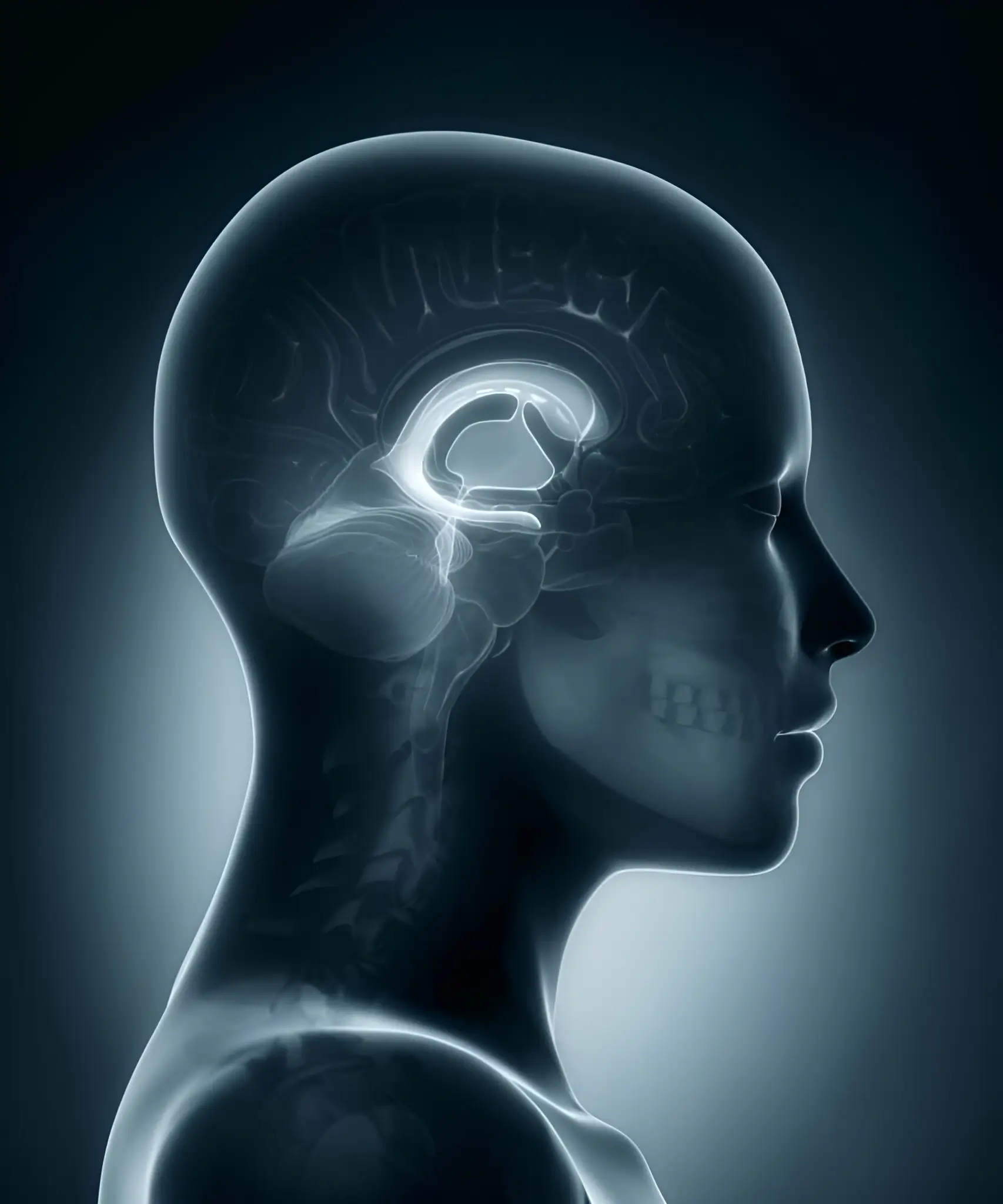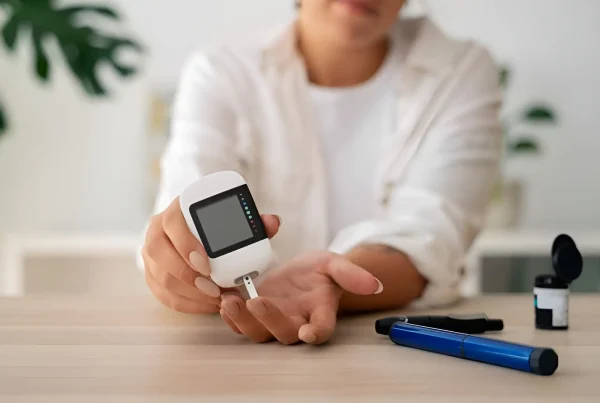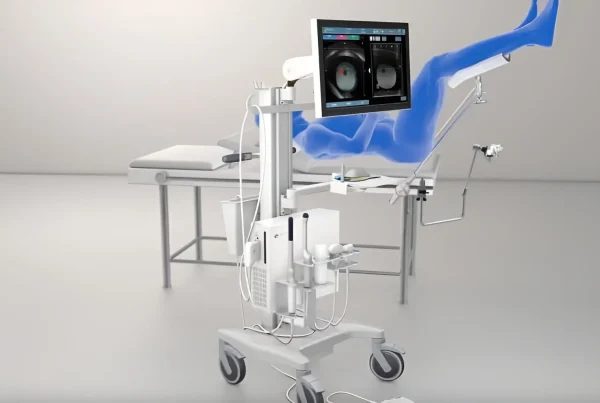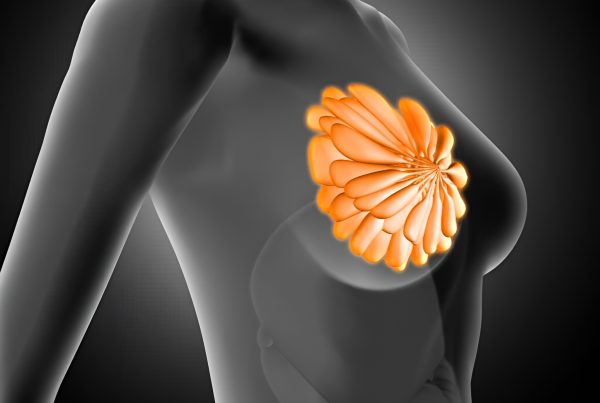Normal pressure hydrocephalus is a benign condition that affects people over the age of 60. It causes symptoms that appear gradually, such as memory loss, urinary incontinence, and unsteadiness when walking. It therefore affects three functions: memory, urination, and walking.
These symptoms appear slowly and gradually, with the result that the patient does not focus their attention on them for a long time. Sometimes, after a long period without proper treatment, the patient ends up bedridden with minimal communication with their environment.
The cause of the disease is unknown, although various factors have been suggested for its development. What happens in the brain of a patient with normal pressure hydrocephalus is as follows: the spaces that we all normally have in our brains, called ventricles, swell due to the disrupted circulation of the fluid they contain (cerebrospinal fluid, CSF). This swelling puts pressure on sensitive structures in the brain, causing symptoms such as dementia, urinary incontinence, and unsteadiness when walking.
Patients with normal pressure hydrocephalus can recover if diagnosed early and treated with neurosurgery.
The diagnosis requires a series of very careful steps. These include taking a medical history, performing a neurological examination, conducting a brain MRI scan, video recording of the patient’s gait, and then removal of cerebrospinal fluid from the spine (lumbar puncture) in order to see if the symptoms improve. In a few cases, a drain may be placed in the patient’s spine under local anaesthesia to remove a large amount of fluid (300 ml) over three days. This entire diagnostic process is necessary because the symptoms of memory loss, urinary incontinence, and gait instability are also associated with other conditions, such as certain types of dementia and ischemic leukoencephalopathy.
Treatment
Treatment involves placing a small specialized synchronous mechanism in the patient’s skull called a hydrocephalus valve. This valve uses a long catheter to remove fluid from the ventricles and direct it to the patient’s abdomen, where it is absorbed by the abdominal wall. This is a safe, short-term, minor procedure with very good results.





